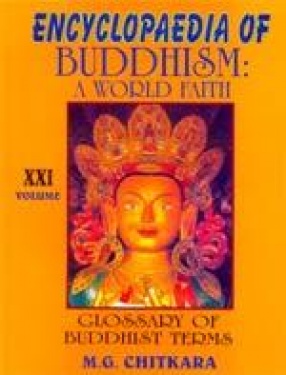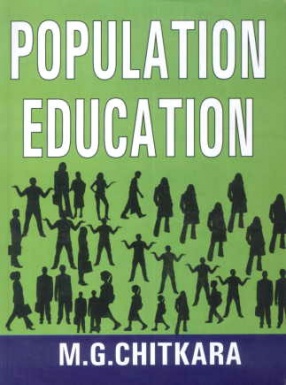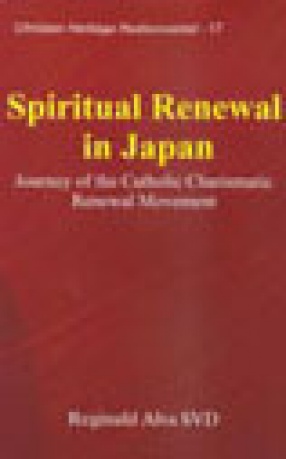Buddhism is the teaching of actually, and its language also -the Pali as regards content of actually, takes a leading place among languages. The pali is a language of an eminently actual character. It is owing to this content of actually in Buddhism and its language that so many expressions are found in it for which a fitting translation is scarcely or not at all to be found. In language, also, a gradual stiffening process is taking place amongst us which renders us ever more capable in definition, and ever more incapable in the comprehensive of actually. Here quite evidently we are caught in a vicious circle. We are proud of this our ability in defining, and imagine we have comprehended the thing itself when we have succeeded in decorating it with a definition. In such cases, however, all we have rally done is to fling-bridges of thought, as it were, high up over things, which permit us to hop from one conceptual "place" to another without once wetting even our toes in actuality. The riddles of life in this wise are nearly and perfectly very much to wonder at with riddles of life that for the part only exist in the form of definitions. In Buddhism "sutra" once meant only teachings recorded in simple prose. The Buddha’s sermons, said to number eighty-four thousand, were grouped in several categories according to form and content. Originally the word sutra referred to only one of those categories, and teachings that did not fall into that category were not called sutras. Here sutra is used in its original, narrower sense and means simply a collection of essential teachings in straightforward prose. Today, the word sutra refer to all sermons of the Buddha. The oldest compilations on his sermons, the Five Nikayas of the Pali cannon and the Four Agamas of the Chinese canon, are known collectively as the Agana sutras and are also called the Sutra-Pitaka, or Sutra Basket, meaning a collection of scriptures. Each sermon included in the Sutra-Pitaka, or Sutra Basket, meaning a collection of scriptures. Each sermon included in the Sutra-Pitaka is called a sutra. With the appearance of more Chinese translations of the Sutra-Vinaya, and Abhidhamma-Pitakas drawn from both Hinayana and Mahayana Sources, the translations were recorded in catalogues or stored in temple libraries. The translations were referred to collectively by the Sanskrit title Tripitaka, translated as "Great Store-house Scripture", meaning a complete collection of the sutras. In addition to Pali three other Indic languages are known in extant primitive sutras. One is a language close to classical Sanskrit; another is a Sanskrit derivative; and the third is Gandgari Prakrit, a member of the same language family as pali. The first of these languages was used in the sutras of the Sarvastivadin sect and in many of the Mahayana sutras. The Sarvastivadin sect and in many of the Mahayana sutras. The Sarvastivadin sect prospered in northwestern India -Kashmir and Gandhara (in present-day Pakistan). Sanskrit had been born in those regions, and there the sutras were transmitted in a corruption of classical Sanskrit that was in common use. Later, classical Sanskrit came into use in general studies, religion, and literature, and the Sarvastivadin sect and followers of Mahayana Buddhism made revisions in their sutras that brought the language of their scriptures closer to classical Sanskrit. The Sanskrit derivative used in Buddhist sutras is called Buddhist Hybrid Sanskrit, and some scholars call it the Gatha dialect because it is used in the gatha (or verse portions) of Mahayana sutras. So some Abhidhamma Buddhist sutras also were transmitted in Buddhist Hybrid Sanskrit. Gandhari Prakrit, bears the least resemblance to Sanskrit. An extant fragmentary Dhammapada written in this language was originally known as the Prakrit Dhammapada. "Buddhism: A World faith" is an Encyclopaedia & Glossary in its last volume. The reader can have a clear glimpses of Buddhism if he intelligently, goes through this volume. In any case the Glossary is likely to be of great utility to the reader in his study of Buddhism.
Encyclopaedia of Buddhism: A World Faith: Glossary of Buddhist Terms (Volume XXI)
In stock
Free & Quick Delivery Worldwide
Bibliographic information
Title
Encyclopaedia of Buddhism: A World Faith: Glossary of Buddhist Terms (Volume XXI)
Author
Edition
1st ed.
Publisher
ISBN
8176483141
Length
xxii+536p., References; Bibliography; 25cm.
Subjects







There are no reviews yet.